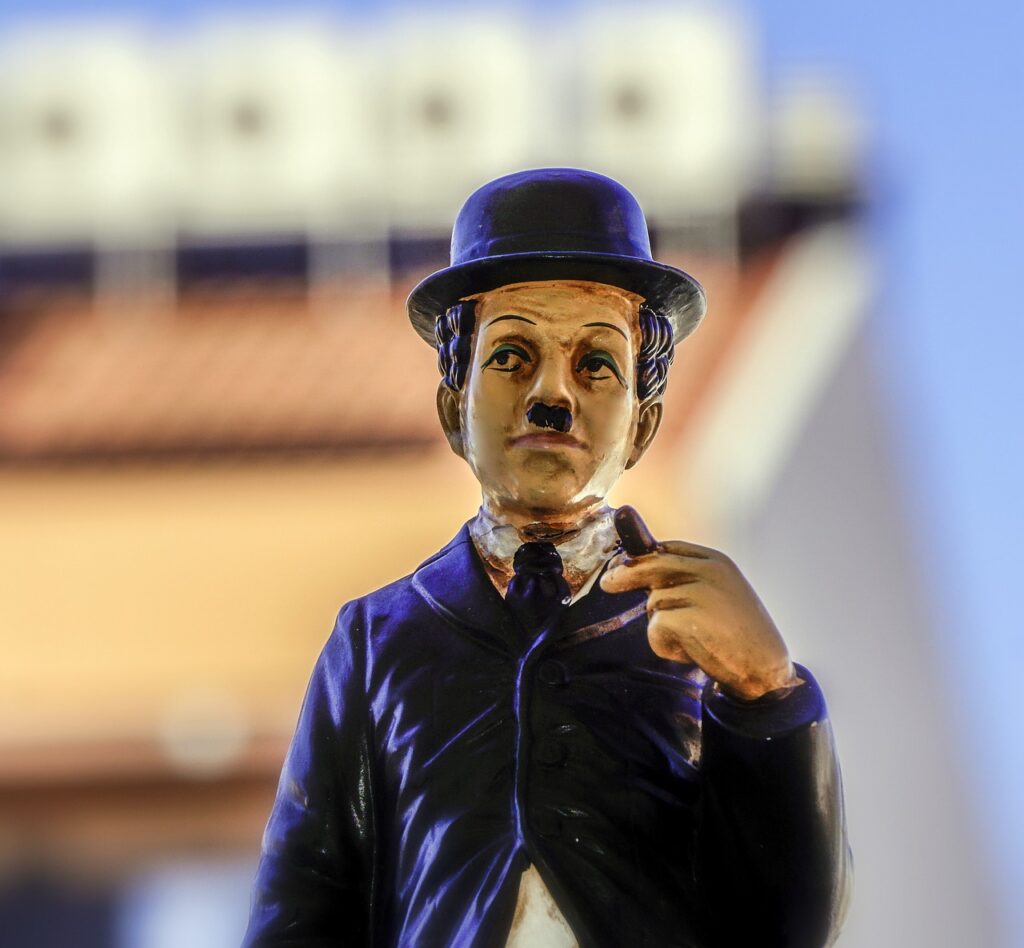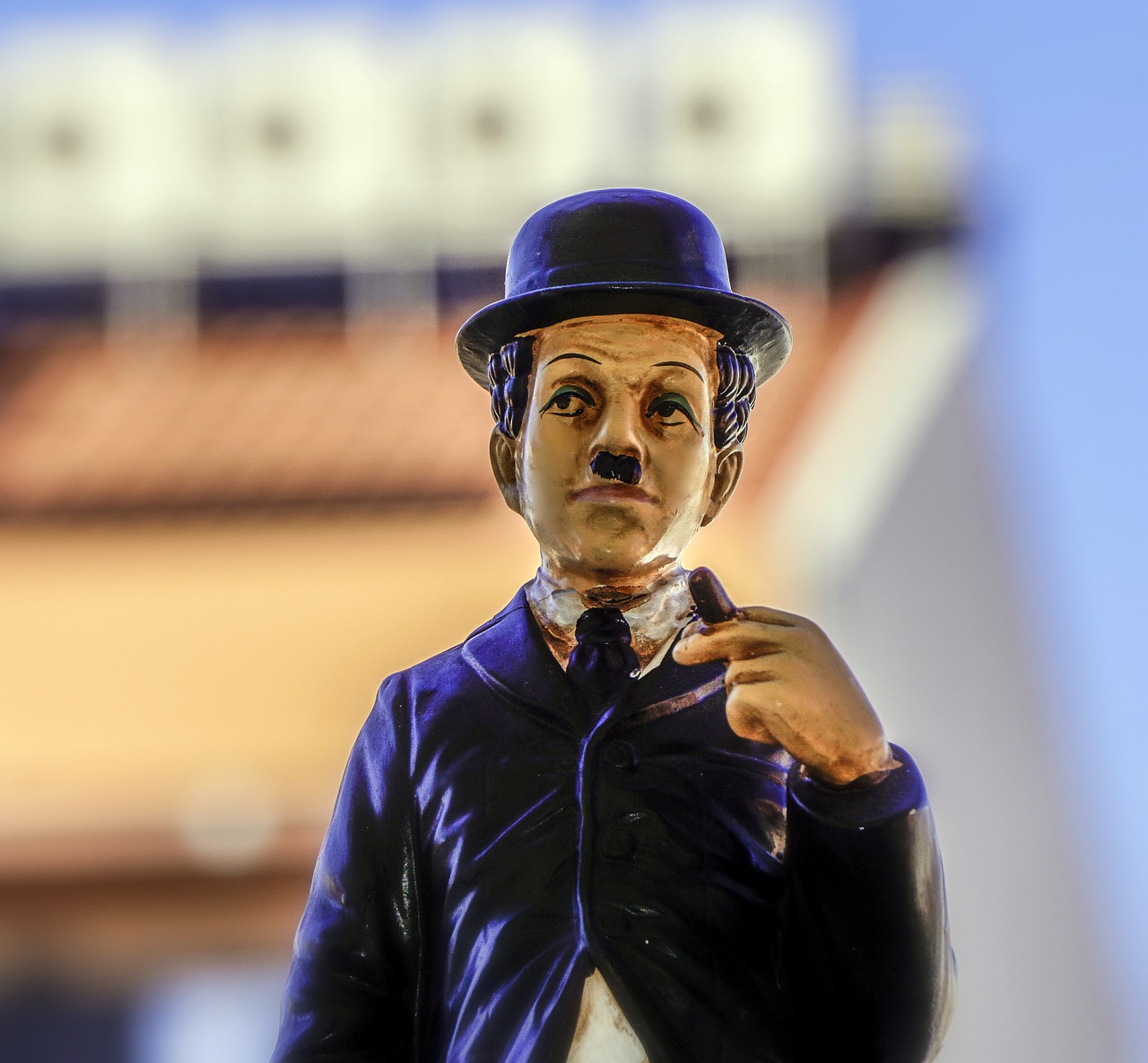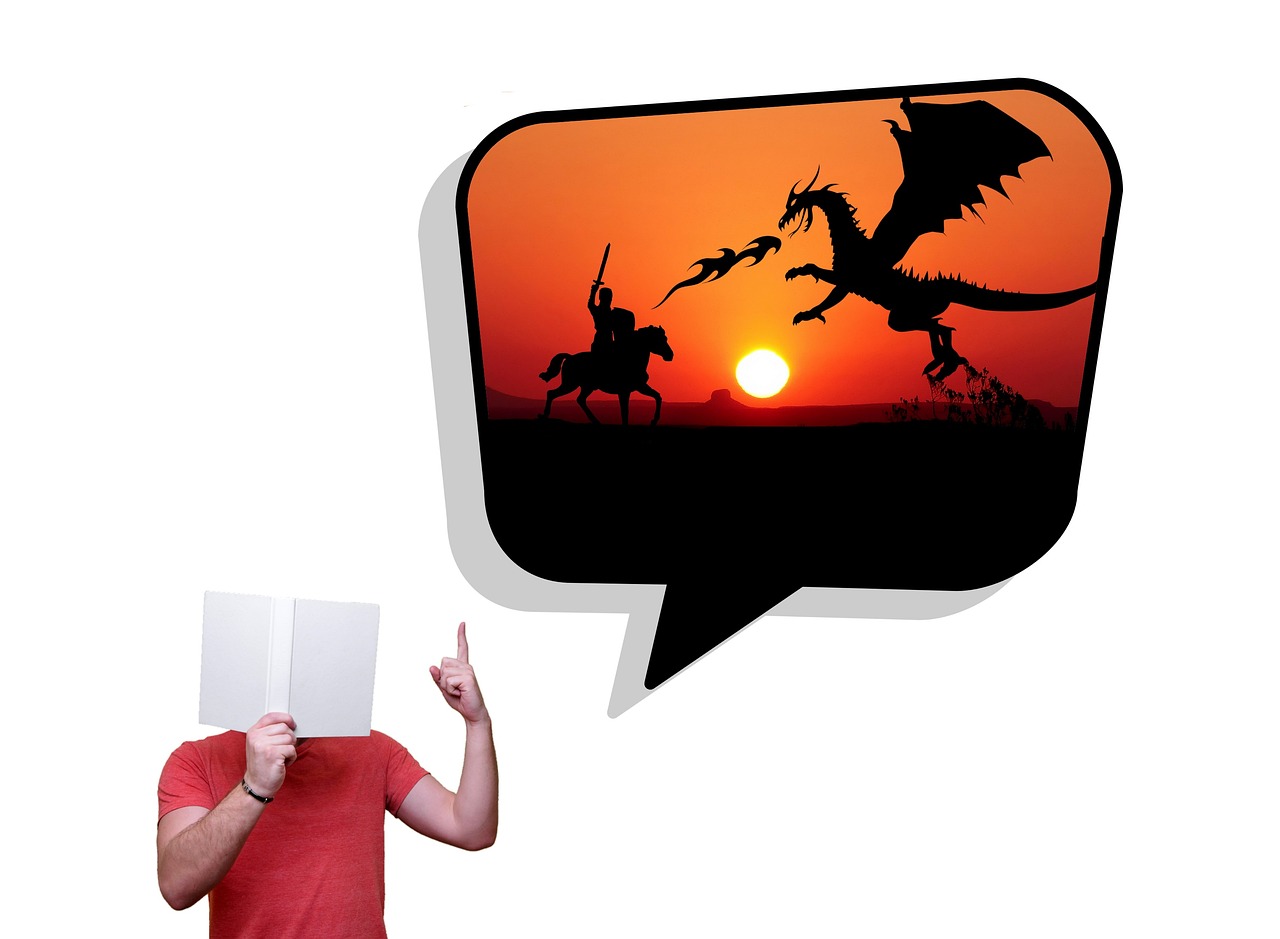Are you a fan of superhero movies and TV shows? Have you ever wondered why they seem so familiar, even though you’ve never read the comics they’re based on? The answer lies in the influence of comics on film and television adaptations.
From visual style to storytelling techniques, comics have had a significant impact on how superhero stories are portrayed on screen. This article will explore the ways in which comics have influenced film and television adaptations, including the adaptation of characters and storylines, cross-media promotion and branding, and their impact on audience perception and appreciation.
So buckle up and get ready to delve into the fascinating world of comics and their influence on superhero media.
Visual Style in Comic Book Adaptations
You’ll notice that comic book adaptations often use a visually stylized approach, which adds a unique and captivating layer to the storytelling. One of the ways that this is achieved is through the use of color. Comics are known for their bold and vibrant use of color, and this is often translated onto the screen in adaptations. Whether it’s a bright red cape or a green-skinned villain, color is used to help distinguish characters and create a sense of visual interest.
Another key element of the visual style in comic book adaptations is panel composition. Comics are known for their use of panels to tell a story, and this can be translated onto the screen through framing and camera angles. Directors will often use split screens or multiple frames to show different perspectives or events happening simultaneously. This technique not only adds a unique visual element but also helps to emphasize the importance of certain moments in the story.
By utilizing these techniques, comic book adaptations can create a visual world that is both visually stunning and captivating for viewers.
Storytelling Techniques in Film and Television
By using innovative storytelling techniques, filmmakers and showrunners can create a more immersive viewing experience for audiences.
One technique commonly used is the use of sound. Sound can be used to create tension, suspense, and emotional impact. For example, the use of silence can create a sense of unease and anticipation, while a sudden burst of music can evoke a range of emotions from excitement to fear. In comic book adaptations, sound effects can also help bring the action to life and add to the overall visual spectacle.
Another storytelling technique that can enhance the viewing experience is the use of lighting. Lighting can be used to highlight important characters or objects, set the tone of a scene, or create a sense of depth and dimension. For example, a low key lighting setup can create a sense of mystery and tension, while a high key lighting setup can create a sense of optimism and hope. Lighting can also be used to create contrast and draw attention to specific elements within a scene.
By utilizing these techniques, filmmakers and showrunners can create a more engaging and dynamic adaptation of a comic book story.
Adaptation of Characters and Storylines
One way to keep audiences invested in comic book adaptations is through the effective adaptation of characters and storylines. Character interpretation plays a crucial role in this, as it can make or break the adaptation. It’s important for filmmakers and showrunners to stay true to the essence of the character while also making necessary changes to fit the medium of film or television.
Narrative changes are also a common occurrence in comic book adaptations. Some changes are necessary to condense the storyline to fit into a two-hour movie or a few episodes of a television show. However, it’s important to ensure that the changes don’t undermine the integrity of the original story.
A balance must be struck between staying true to the source material and making necessary changes to make it work in a different medium. When done effectively, these adaptations can bring beloved comic book characters and storylines to life on the big and small screens, creating a new generation of fans.
Cross-Media Promotion and Branding
Don’t miss out on the opportunity to fully immerse yourself in the comic book world through cross-media promotion and branding.
With the rise of comic book adaptations in film and television, there has been a significant increase in merchandising opportunities for fans. From action figures to clothing lines, there are endless ways to show your love for your favorite comic book characters and storylines.
But cross-media promotion and branding isn’t just about selling merchandise. It also allows for greater fan engagement and a deeper connection to the comic book world.
Through social media campaigns and interactive experiences, fans can connect with each other and with the creators behind their favorite stories. So don’t just watch the movies or TV shows – fully immerse yourself in the world of comic books through cross-media promotion and branding.
Impact on Audience Perception and Appreciation

Immerse yourself in the world of cross-media promotion and branding to fully appreciate how it impacts your perception of and connection to your favorite comic book characters and storylines. The influence of comics on film and television adaptations has been immense, and it has allowed for a deeper audience engagement with the characters and stories. These adaptations have brought these characters to life in a way that comic books alone couldn’t, giving them cultural relevance beyond just the comic book world.
Audience engagement is key when it comes to the success of any adaptation, and the use of cross-media promotion has made it easier for audiences to connect with these characters on a deeper level. By seeing them in different mediums, audiences can gain a better understanding of their personalities, motivations, and backstories.
Additionally, the cultural relevance of these adaptations has made them more accessible to a wider audience, allowing for a greater appreciation of the source material. With the continued success of comic book adaptations, it’s clear that the influence of comics on film and television will continue to shape the way we engage with and appreciate these beloved characters.
Frequently Asked Questions
What are the most common challenges faced by filmmakers when adapting comics to film and television?
When adapting comics to film and television, you may face challenges with narrative structure and visual representation. It’s important to balance fidelity to the source material with the needs of the medium.
How do the cultural and historical context of a comic book influence its adaptation to other mediums?
When adapting a comic book to another medium, cultural influences and historical context play a significant role in artistic interpretation and creative liberties. The original story may need to be altered to fit the new medium and audience expectations.
Can adapting comic book characters and storylines to film and television result in a loss of authenticity or change in original meaning?
When adapting comic book characters and storylines to film and television, it’s important to balance creativity and fidelity. Casting choices can have a big impact on the authenticity of the adaptation. Changes to the original meaning are possible, but not inevitable.
How do cross-media promotions and branding impact the success of comic book adaptations on film and television?
When it comes to comic book adaptations, cross media advertising and fan reception are crucial to their success. Without these factors, even a faithful adaptation risks being ignored or forgotten.
What is the role of audience expectations and preconceptions in the success or failure of comic book adaptations on film and television?
As a viewer, your expectations and preconceptions of a specific genre can greatly affect your perception of a comic book adaptation on film or television. Genre conventions play a crucial role in the success or failure of these adaptations, ultimately shaping audience perceptions.
Conclusion
Congratulations! You’ve reached the end of this article on the influence of comics on film and television adaptations. Throughout this piece, we’ve explored the impact of comics on visual style, storytelling techniques, character and storyline adaptation, cross-media promotion, branding, and audience perception and appreciation.
In conclusion, it’s clear that comics have had a significant influence on the world of film and television. Comics have brought unique visual styles and storytelling techniques to the table, helping filmmakers and TV producers to bring their stories to life in new and exciting ways.
Furthermore, the adaptation of characters and storylines from comics has allowed for the creation of countless beloved franchises that have become cultural touchstones. Whether you’re a fan of comic book adaptations or simply appreciate the creativity they bring to the table, it’s clear that these adaptations will continue to shape the world of entertainment for years to come.










